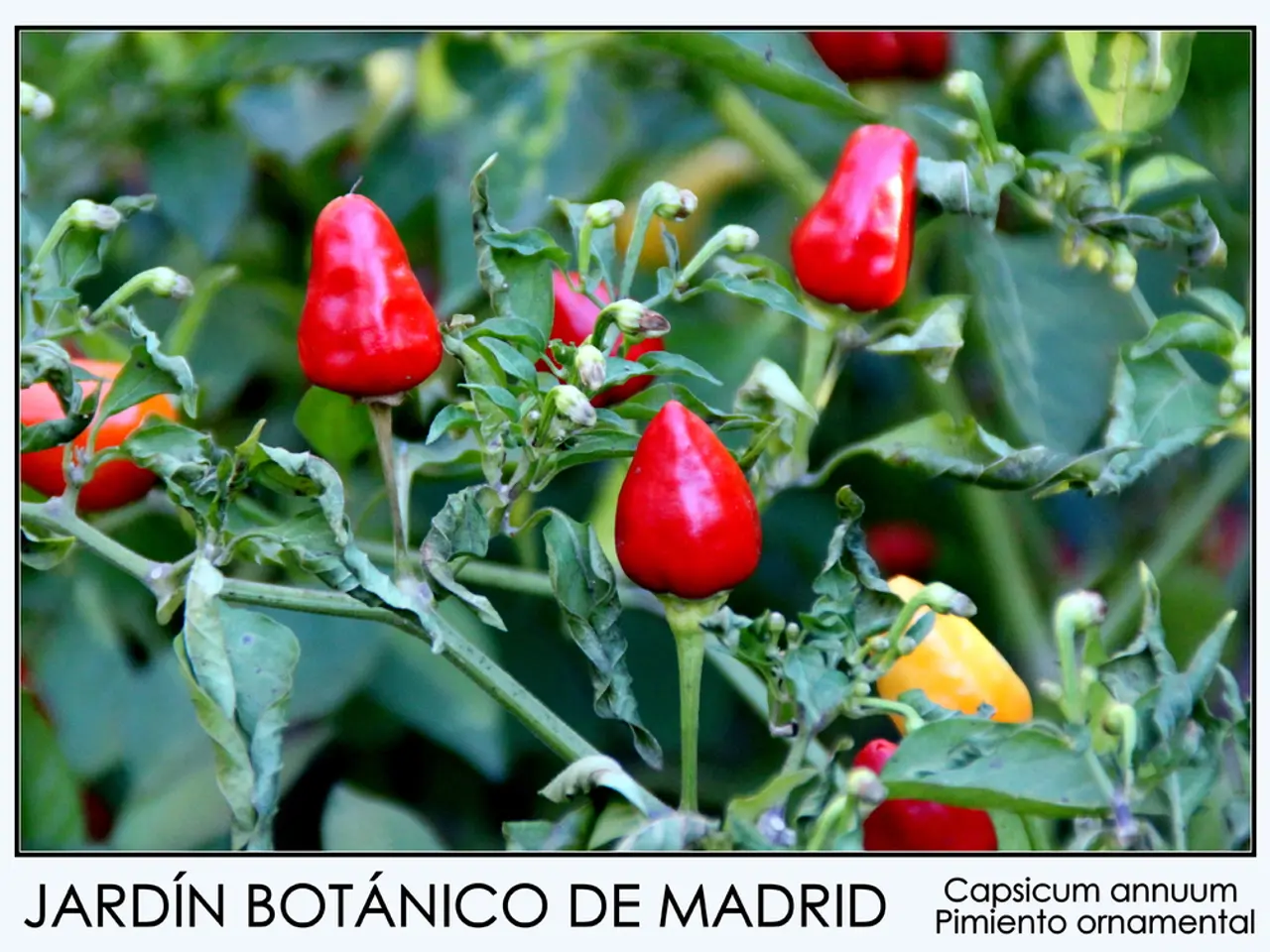Exploring Suitable Plants for Red Soil Cultivation
In the world of horticulture, understanding the specific needs of various plants and the soils they thrive in is crucial. One such soil type, the red soil, presents its own unique challenges and opportunities. Here's a guide to optimising red soil fertility for a bountiful harvest.
Red soil, native to regions like Cyprus, is highly acidic and nutrient-poor. To nurture plants in this soil, a combined approach is essential, targeting microbial enhancement, organic matter enrichment, pH adjustment, and nutrient cycling.
1. Phosphate-solubilizing Microorganisms (PSMs):
Red soils often have phosphorus (P) fixation due to their acidity. Introducing PSMs like Pseudomonas duriflava, Enterobacter quasimori, and Acinetobacter species can help solubilize fixed phosphorus, making it accessible to plants. These microbes also reshape the microbial community to support nutrient cycling and provide sustained P availability, reducing dependence on phosphate fertilizers.
2. Improve Soil Organic Matter and Microbial Activity Using Humates and Humic Acids:
Incorporating humic substances, such as humates, humic acid, humus-rich compost, or worm castings, stimulates beneficial soil microbes that boost nutrient cycling, root vitality, and overall soil biological activity. This leads to better nutrient availability, improved soil structure, and enhanced plant stress resistance.
3. Optimize Nitrogen Cycling with Crop Management and Soil Health Practices:
Improving nitrogen use efficiency through crop rotations including legumes, reducing soil disturbance, maintaining living roots, and controlling subsoil acidity (such as with lime applications) enhances nitrogen availability and soil resilience. These practices support soil biological, chemical, and physical health, which is crucial for red soil productivity.
Additional Approaches:
- Applying organic waste composts to add nutrients and microbial diversity.
- Using biochar amendments to improve soil resilience and plant tolerance to environmental stress, though specific effects in red soil require confirmation.
Summary Table of Key Optimizations:
| Method | Effect on Red Soil Fertility | Key Benefits | |-----------------------------------|---------------------------------------------------------|----------------------------------------| | Phosphate-solubilizing microbes | Increase P availability in acidic soil | Sustained P supply, reduced fertilizer need | | Humates and humic acid amendments | Enhance microbial activity and soil organic matter | Improved nutrient cycling, root growth, soil structure | | Nitrogen cycle management | Optimize N availability and efficiency | Better crop growth, soil health restoration | | Organic waste composts | Add nutrients and beneficial microbes | Soil fertility improvement, microbial diversity | | Biochar amendments | Improve soil resilience and stress tolerance (potential) | Enhanced stress tolerance, soil properties |
By implementing this combined approach, we can create sustainable improvement in red soil fertility and plant growth, ensuring a bountiful harvest in even the most challenging of soils. Happy gardening!
References: [1] Khalid, M., et al. (2019). Phosphorus solubilizing bacteria: an eco-friendly approach for sustainable agriculture. Current Microbiology, 78(2), 163-171. [2] Liu, Y., et al. (2015). Humic substances and the plant growth promoting rhizobacteria: a review. Journal of Soil Science and Plant Nutrition, 16(3), 176-191. [3] Singh, B. (2008). Sustainable management of red soil for crop production. Journal of Soils and Sediments, 8(4), 403-410. [4] Zhang, Y., et al. (2016). Biochar amendment improves soil properties and plant growth in red soil. Journal of Environmental Management, 177, 98-105. [5] Zhang, Y., et al. (2016). Organic amendments improve soil fertility and plant growth in red soil. Journal of Soils and Sediments, 16(11), 2141-2150.
- Embracing indoor plants can contribute positively to one's lifestyle, transforming a home-and-garden enthusiast into a dedicated gardener, even within the confines of a residential space, as they learn to care for various plants in red soil.
- Optimizing red soil fertility for garden plants not only ensures a bountiful harvest but can effectively introduce the art of gardening to an indoor setting, making it an exciting and engaging hobby for individuals striving to improve their lifestyle.





